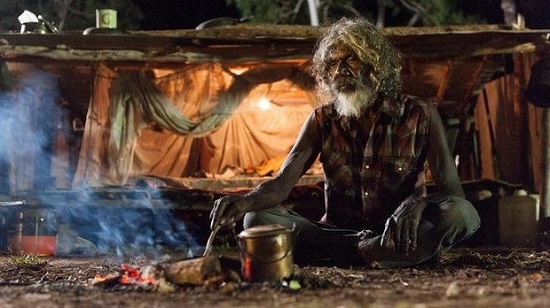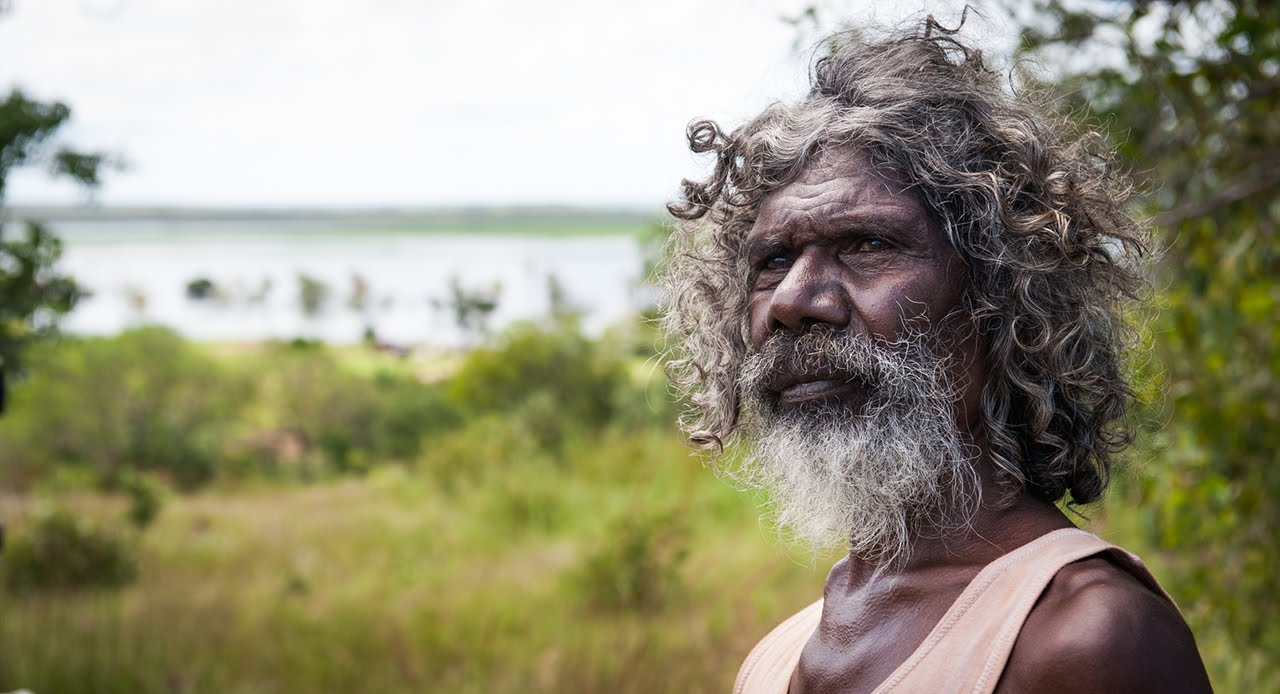“Australia is the most egalitarian of countries, un-troubled by obvious class distinctions, caste or communal dominions, the tensions of racialism or the horrors of autocracy; a spirit of fraternalism permeates the nation. It is a mirror of what the world is likely to become… if it does not blow itself up.” Such was the view put forth by Donald Horne in The Lucky Country, a book that at the time of its release in 1964, offered a cautiously poignant attempt to tie up all the loose ends proffered by the young and predominantly white-dominated sovereign state of Australia. A place that inspired one former prime minister to go as far as to proclaim it as ”forever an outpost of the British race in the South Seas”.
Unknown to much of the wider world, but well documented by a handful of expatriates like John Pilger, Robert Hughes and Germaine Greer; Australia’s Aborigines were never categorized as anything other than flora and fauna until 1967, thanks to a medieval set of laws that refused to recognise their existence, something described by Horne as “a lack of imagination and curiosity” that “blinded us to the misfortunes of our aborigines.” Five decades down the track, one only has to take a brief look at Pilger’s Utopia (2013), or anything by the firebrand indigenous historian Henry Reynolds (most notably his book This Whispering in Our Hearts) to see that not a lot has changed by way of the general attitudes and widespread ignorance a good percentage of the country still holds towards these most enduring of original inhabitants.
Rolf De Heer’s Charlie’s Country, the third successful Un Certain Regard entrance at Cannes for the Dutch-Australian director (for which lead David Gulpilil took the gong for best actor), is a strange and telling portrait of this wider situation, told through the story of a Northern Territory Yolngu man (Gulpilil) as he navigates his way through daily clashes with the local white authorities and their attempts to bridge the enormous gulf of misunderstanding between the two cultures – resulting in, as one observer put it, a case of “adults being treated like children.”
De Heer is no stranger when it comes to making films about indigenous topics, and his frequent collaborations with Gulpilil (perhaps the most widely recognized aboriginal actor of his generation) have led him towards claiming the odd mantle of unofficial mouthpiece for indigenous stories and for bringing their versions of events to the wider public. Whether this sits well with people or not, in his best work to date – the haunting western-inspired The Tracker (2002), the entirely Yolngu Matha language script of Ten Canoes (2006) – De Heer has been able to paint a remarkable picture of what the great Australian landscape means to its ‘traditional owners’ (a handy phrase coined by politicians designed to sidestep the murkier issues at play); it’s sheer enormity, and the barren silence it evokes after being baked for thousands of years under the harshest sun on the planet.
Charlie’s Country rounds out the trilogy with Gulpilil, but sets itself apart from the others thanks to a more ripened sense of calm and restraint throughout – clearly a result of the seasoned chemistry between the two old mates who have come together to tell the story. Whilst Tracker and Canoes were historical narratives largely based on grounds of fiction, Charlie’s Country is set in the present day, and is very much a real-life depiction of how indigenous communities live in Northern parts of Australia. It’s also worth noting that Charlie’s story is close to Gulpilil’s story, and the semi-autobiographical nature of the film is partly why his on screen presence works so well in its favour.
The film follows Charlie, a sixty something Yolngu man in central Arnhem Land territory, as he sets forth on a handful of misadventures throughout his hometown and wider region – the place that the real life Gulpilil has spent most of his life. The title character’s ability to humour himself and make light of his troubled surroundings combines well with the director’s hands-off approach, bringing about a sense of creative neutrality that breathes fire into Charlie’s plight: whatever he chooses to do, we’re there with him all the way.
A great section of the narrative opens up when he sets off to go hunting with a friend. Despite being in part of a region designated as a special Aboriginal reserve, whereby the Yolngu custodians are supposed to be free to carry out their traditions unfettered by white intrusion, the police confiscate their spears, guns and a prize water buffalo they have caught – shaking their heads like a pair of killjoy parents confiscating toy shovels at the sandpit. It is here where the film brings to the fore the sweeping injustices of the laws in these parts of the country, whereby the locals aren’t trusted to make basic decisions and are prodded and carted back into sheltered communities like farm animals that have wandered astray.
De Heer’s power for simple observation shines through. Charlie doesn’t become hostile at the injustices of his shoebox township, but becomes more broken and deflated as the film wears on and the picture of the prison-like intervention settlement becomes clearer. It’s not long before he chooses to head into the open wilderness for a more traditional hunter-gatherer’s life of complete self-sustenance, fed up with the trials and tribulations of the white autocracy in his homeland. Here the director focuses sharply on Gulpilil – an engaging portrait whereby the character’s searching struggle to unearth and find salvation in a lost cultural identity could very much mirror the actor’s own. De Heer knows this, and the montage that follows is clear sighted and harrowing; beautiful drawn out shots soaking up the torrential rain and humidity of the green fern wilderness. Little embellishment is needed to depict and draw out what is plain for all to see: Charlie can no longer survive the bush, just like he was ill-fitted among society.
An exodus and reintegration back into civilisation only leads to more racial and social injustice. True to the tale of the real-life Northern Territory government intervention in the area, most indigenous folk are, without cause or reason, banned from purchasing alcohol by the state – the result of a clutch of local legal loopholes designed not to apply to white folk. The greatest strength of the film is its ability to shed light on these issues while remaining impartial and indifferent to the grand statements and wider politics at play. Gulpilil’s earnest and humbling performance on its own serves to outline the crushing hypocrisy of the situation for anyone to see. His words and dialogue work to serve the bare necessities of the plot, leaving coarse violins and melancholy piano motifs to trace the story like ribbons in the creek. De Heer does well to treat the bulk of the film with a keen sense of space and subtlety. His direction never feels clumsy or laboured over nearly two hours of running time, and he wisely withholds from passing any major moral judgements or messages that feel sewn into the narrative.
Charlie’s story, much like the memorable sequence where the viewer is treated to a silhouette portrait of Gulpilil having all of his facial hair shaved off in real time, is simply told as it is; grounded in the reality of the character’s struggle to negotiate his way between two opposing lifestyles, neither of which make much sense to him. As calmly as it began, the film closes with Charlie recapturing the magic of his cultural roots through traditional dance routines and a reconnection with the younger folk of his tribe, passing on the sacred knowledge of generations long lost. Decorated in red ochre paint and traditional ceremony gear, he harks back to a former age whereby the real life Gulpilil performed before the queen and the likes of Lennon, Marley and Bruce Lee on the fabled steps of the Sydney Opera House, when, before cementing himself as an actor, he spent a heyday travelling the world as a ceremonial dancer in the late sixties.
If his graceful and striking performance in this film becomes his swansong, then it would be a very fine and fitting curtain call to such a wonderful and colourful career. It could be quite some time before Australia finds a screen partnership of De Heer and Gulpilil’s ilk again.



